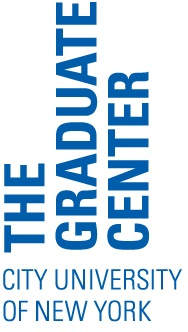Writing a Cover Letter
Every application you submit should be accompanied by a cover letter that introduces yourself and explains why your background makes you a strong candidate. This is also sometimes referred to as a “letter of intent.” The goal of your CV is to show your readers what you have achieved up to this point; the goal of your cover letter is to show your readers how you’ll do (and excel at) the job to which you’re applying. A cover letter has to “sell” you to a certain extent, so you must speak highly of your own potential as a scholar in your cover letter (even if it feels like bragging).
Writing good cover letters is time consuming. Ideally, a cover letter should be tailored specifically to both the job advertised and the type of institution to which you are applying. This can be challenging when you are applying to many positions over a short period of time. In that case, you might draft some language about your teaching and research that can be easily tailored to individual positions.
The first paragraph of your letter should state which position you are applying for and how you heard about the job. It should also set up the rest of the letter by outlining why your background makes you a good fit. The bulk of the letter should detail your qualifications and achievements, while the final paragraph should again emphasize your interest and enthusiasm. Again, think carefully about your audience. If you are applying to a position at a community college, your letter should focus on your teaching instead of your research.
Formatting Your Cover Letter
Letters in the STEM fields are typically a page, while letters in the humanities and social sciences can be as long as two pages (and sometimes a bit longer). You may address the letter to the person named in the job listing or begin with “Dear Members of the Search Committee.” Whenever possible, use letterhead from the department with which you are affiliated. Finally, be absolutely sure that your letter has no errors! Have someone read it closely—not just for content, but also for typos, spelling errors, and other mistakes that are easy to make and easy to miss.
Additional Resources
Sample Cover Letters
- Two samples from a GC alum who did a postdoc before securing a tenure-track position at a liberal arts college: cover letters for a liberal arts college position and an R1 university position
- University of Illinois Career Center sample cover letters for academic positions
- Penn Career Services sample cover letters for graduate students and postdocs
- Harvard’s Graduate School for Arts and Science’s Office of Career Services sample CVs and cover letters
Articles
- “Why Your Job Cover Letter Sucks (and what you can do to fix it)” from The Professor is In
- “The Basics of Cover Letter Writing” by Richard M. Reis in The Chronicle of Higher Education
- “Writing a Good Letter” by Julie Vick and Jennifer Furlong in The Chronicle of Higher Education
- “Writing a Job Letter” by Chad Black (a GC alum), who breaks down the elements of a sample cover letter
- Cover letter advice from the Purdue Online Writing Lab
- “Understanding Cover Letters” by Cheryl E. Ball in Inside Higher Ed
- “Dream a Little Dream of Me: Six Easy Steps to Writing a Great Job Letter” by Claire Potter in The Chronicle of Higher Education




